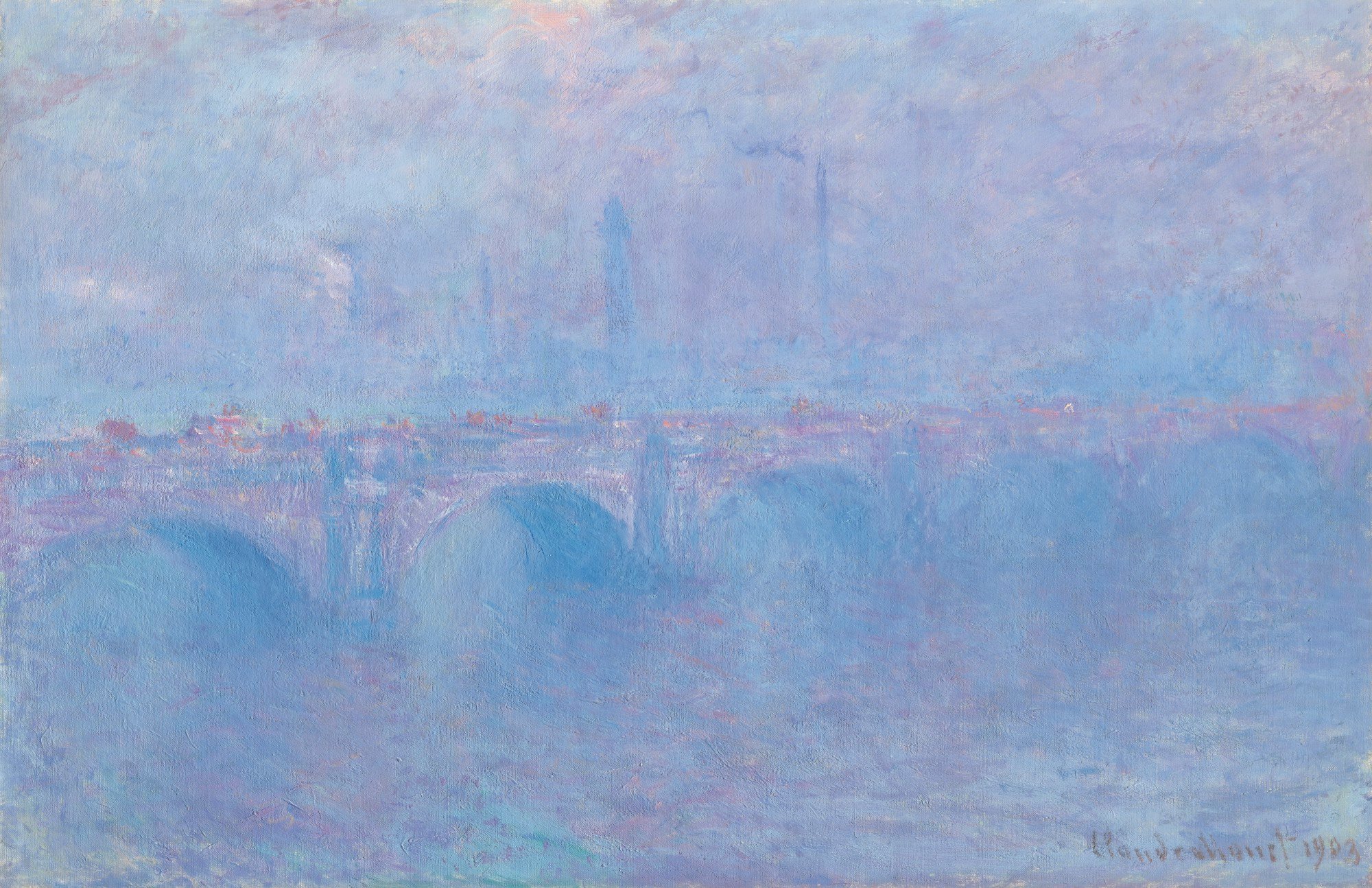
“I have finally discovered the true color of the atmosphere. It is violet. The open air is violet. I found it! […] In three years from now, everyone will be wearing purple!” said Claude Monet.
But not everyone was as passionate about purple as Monet and the Impressionists. In fact, the group’s extensive use of the colour upset many critics, who accused the Impressionists of suffering from “Violettomania”.
The first true pigment—cobalt violet—was synthesized in 1859, and nine years later came the brighter and less toxic manganese violet. The Impressionists, who had their first exhibition in Paris in 1874, loved to use the shade in their mission to portray the true nature of light in their paintings.
Some critics even put the group’s heavy use of violet down to optical and neurological conditions. The German ophthalmologist Richard Liebreich saw works by J.M.W. Turner—another fan—at London’s National Gallery, and asked whether the artist’s new work was “caused by an ocular or cerebral disturbance”.
Claude Monet, Nymphéas en fleur (circa 1914–17). Courtesy Christie’s Images Ltd.
After seeing a selection of paintings by the group at Durand-Ruel’s gallery in Paris in 1876, the Swedish writer August Strindberg described the Impressionists as suffering from “indigomania”.
Two years earlier, the critic Albert Wolff likened a woman in a work by Pierre-Auguste Renoir to a “mass of decomposing flesh with green and purple spots”, and another critic writing about the third Impressionist exhibition of 1877 said that the works were like worm-eaten Roquefort cheese.
Claude Monet, Waterloo Bridge, effet de brouillard (1899–1903). Courtesy Christie’s Images Ltd.
But it wasn’t just the Impressionists who were suffering with violettomania. The world’s commercialized synthetic dye ‘mauveine’ had been invented accidentally by the 18-year-old chemistry student William Henry Perkin in 1858, while trying to create a version of the malaria treatment quinine.
It quickly took hold of the fashion industry. Purple clothing, from dresses to underwear, became so fashionable that an 1859 article in Punch magazine described London as suffering from “mauve’s measles”.
Without “violettomania”, we surely wouldn’t have the Impressionist masterpieces that star in some of the world’s most major collections.